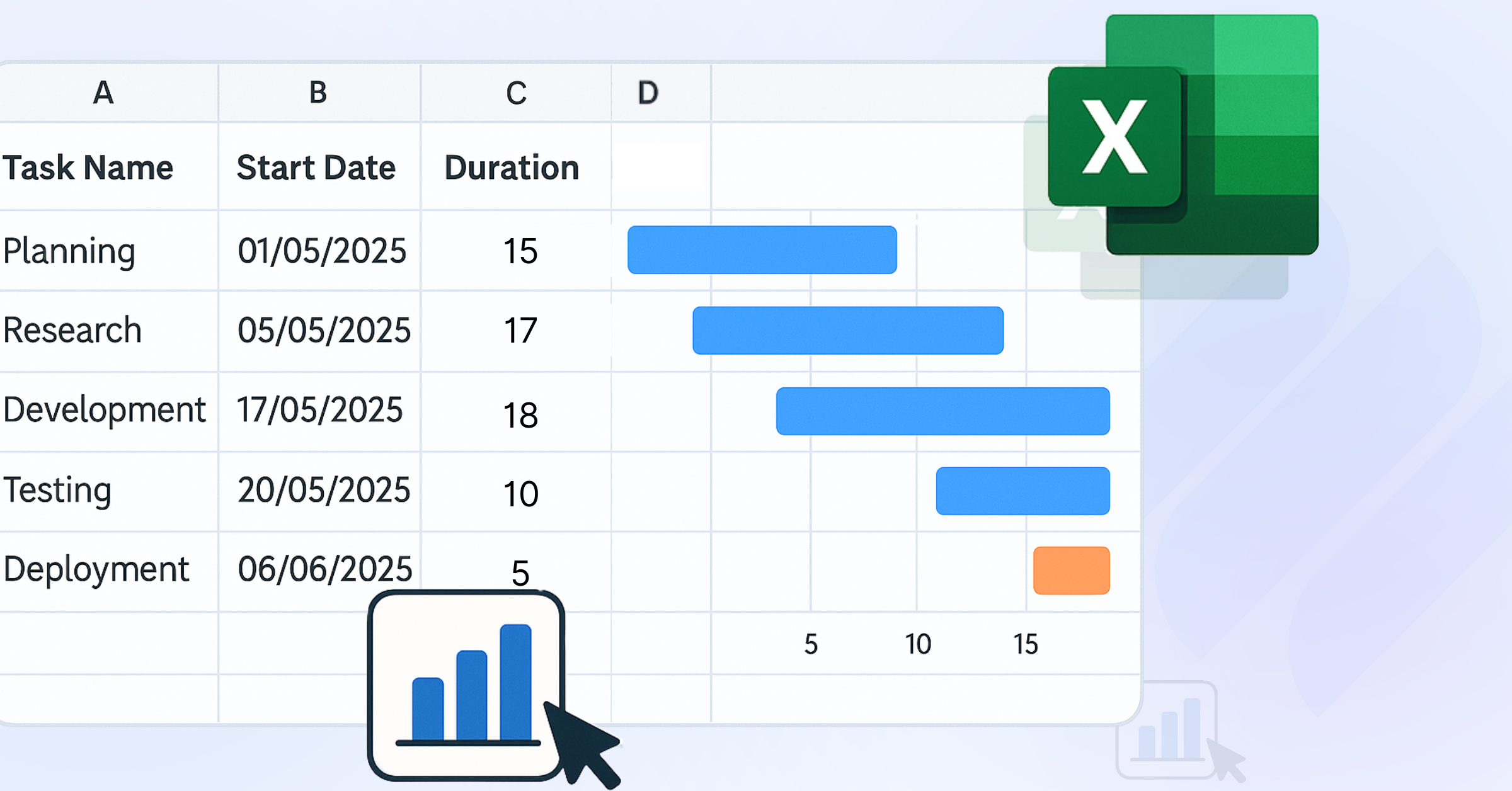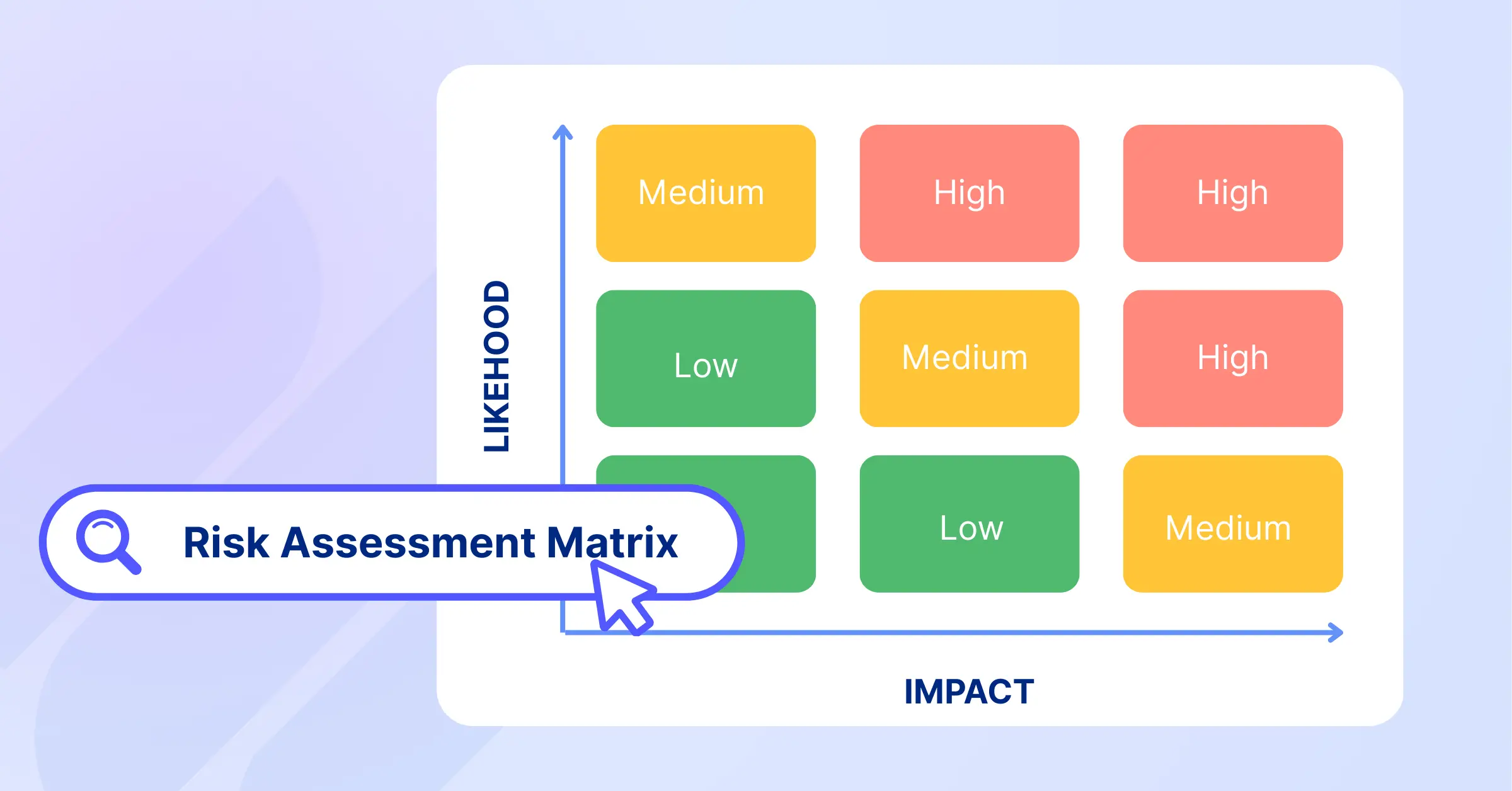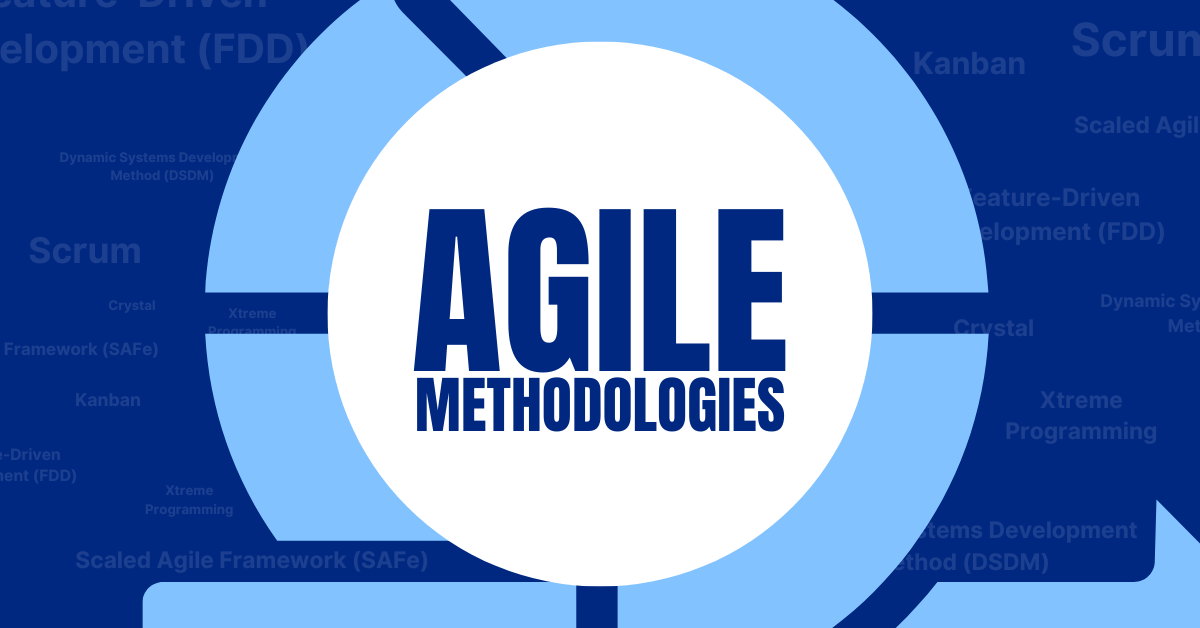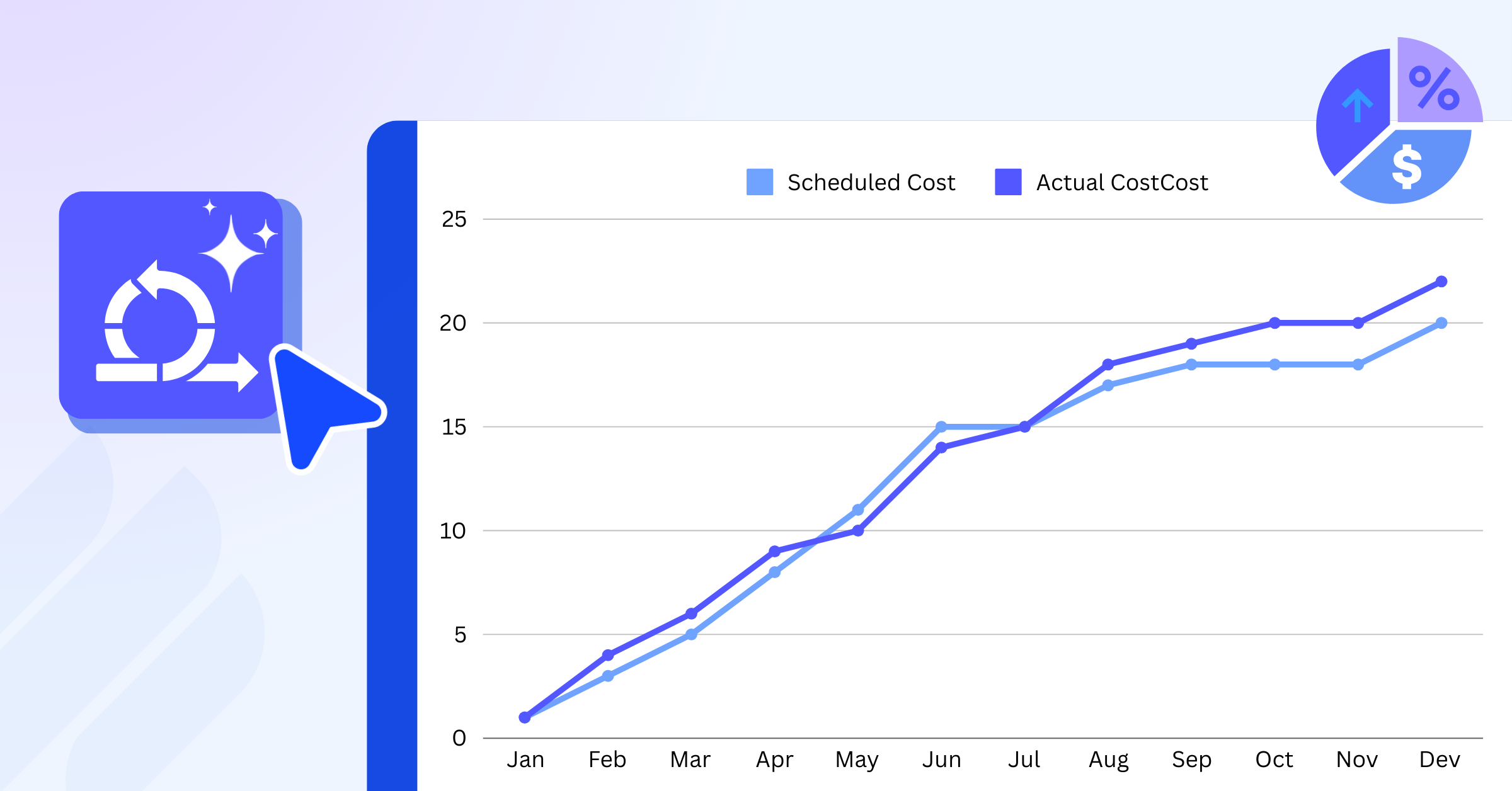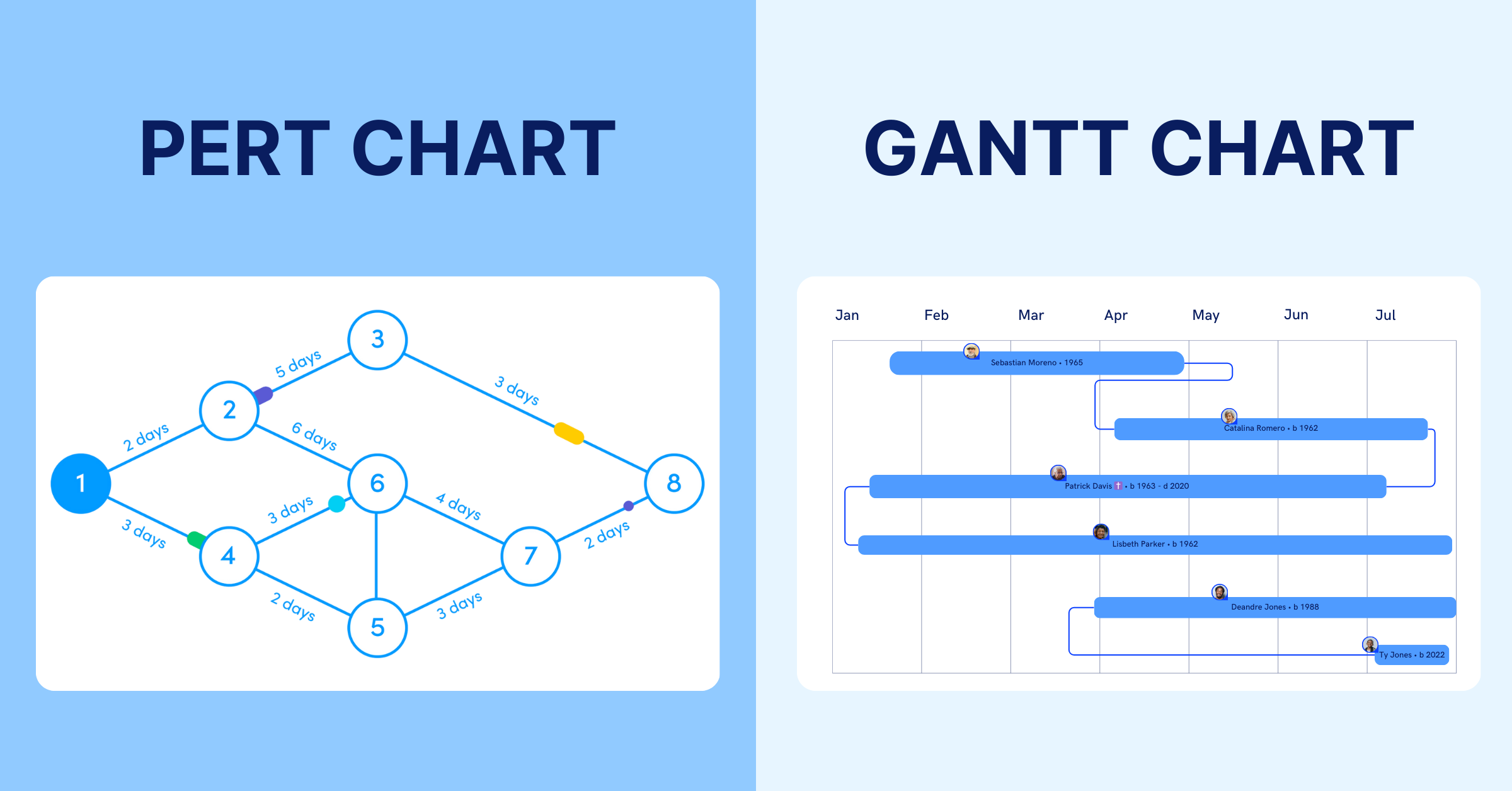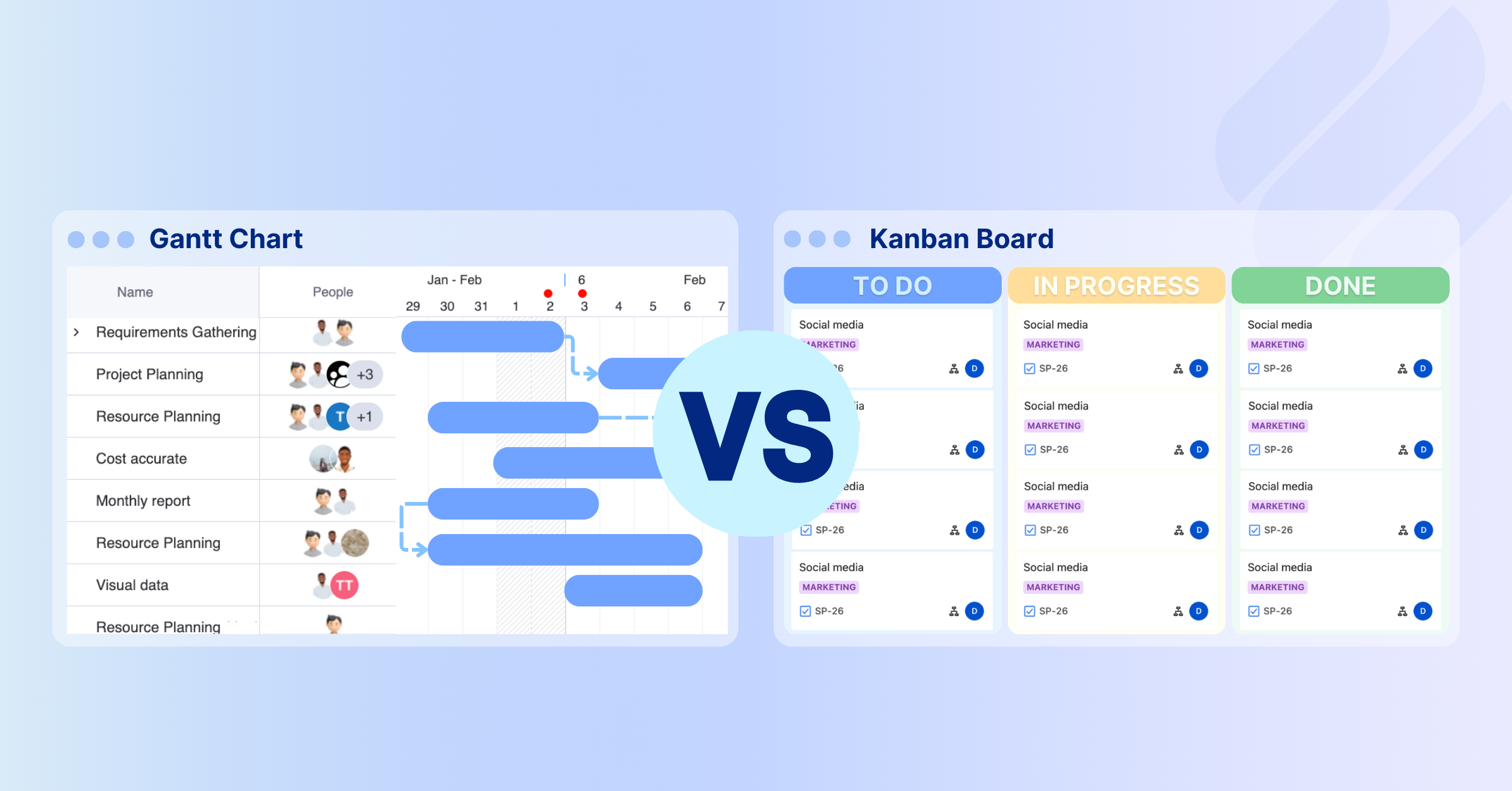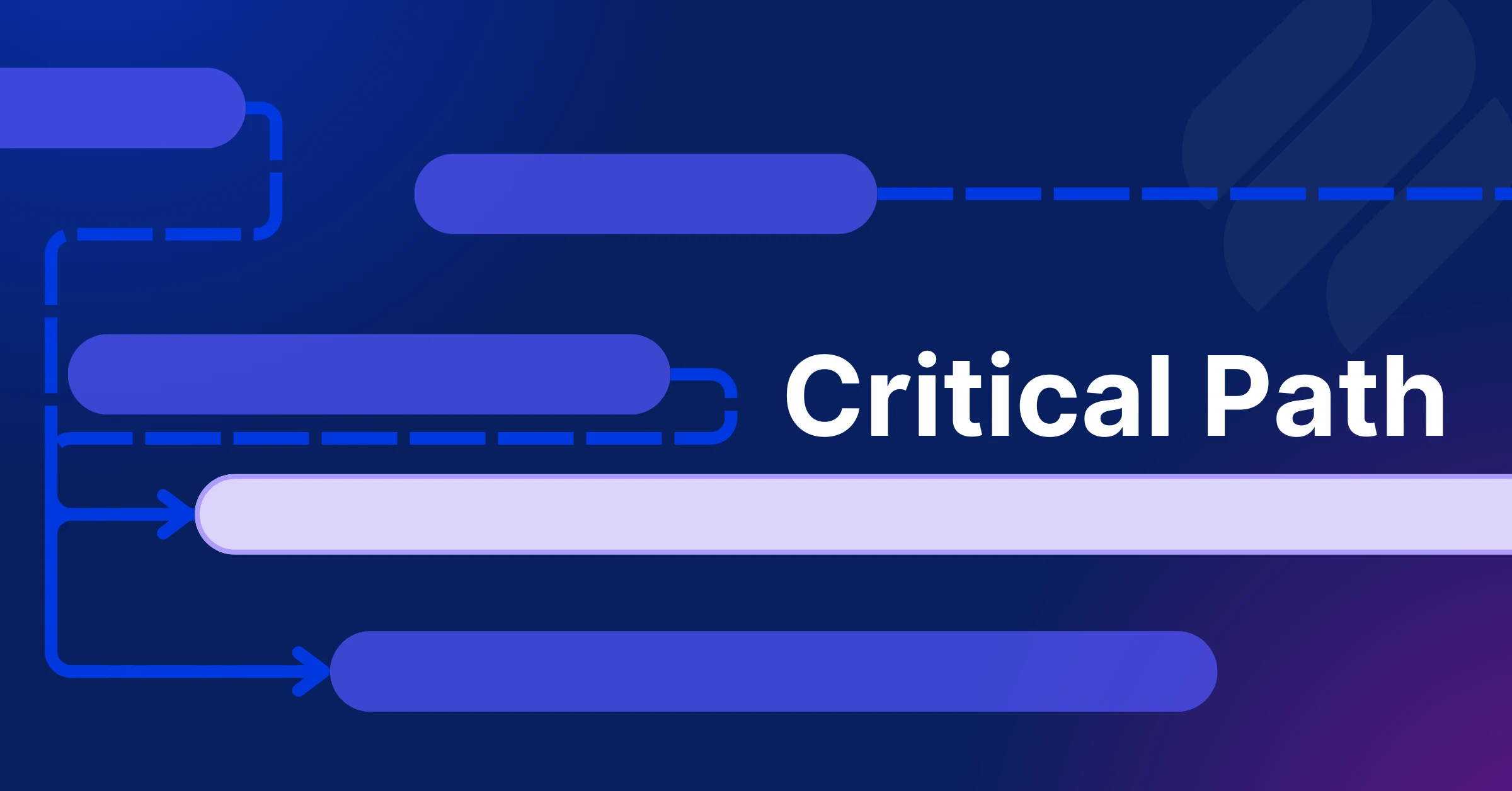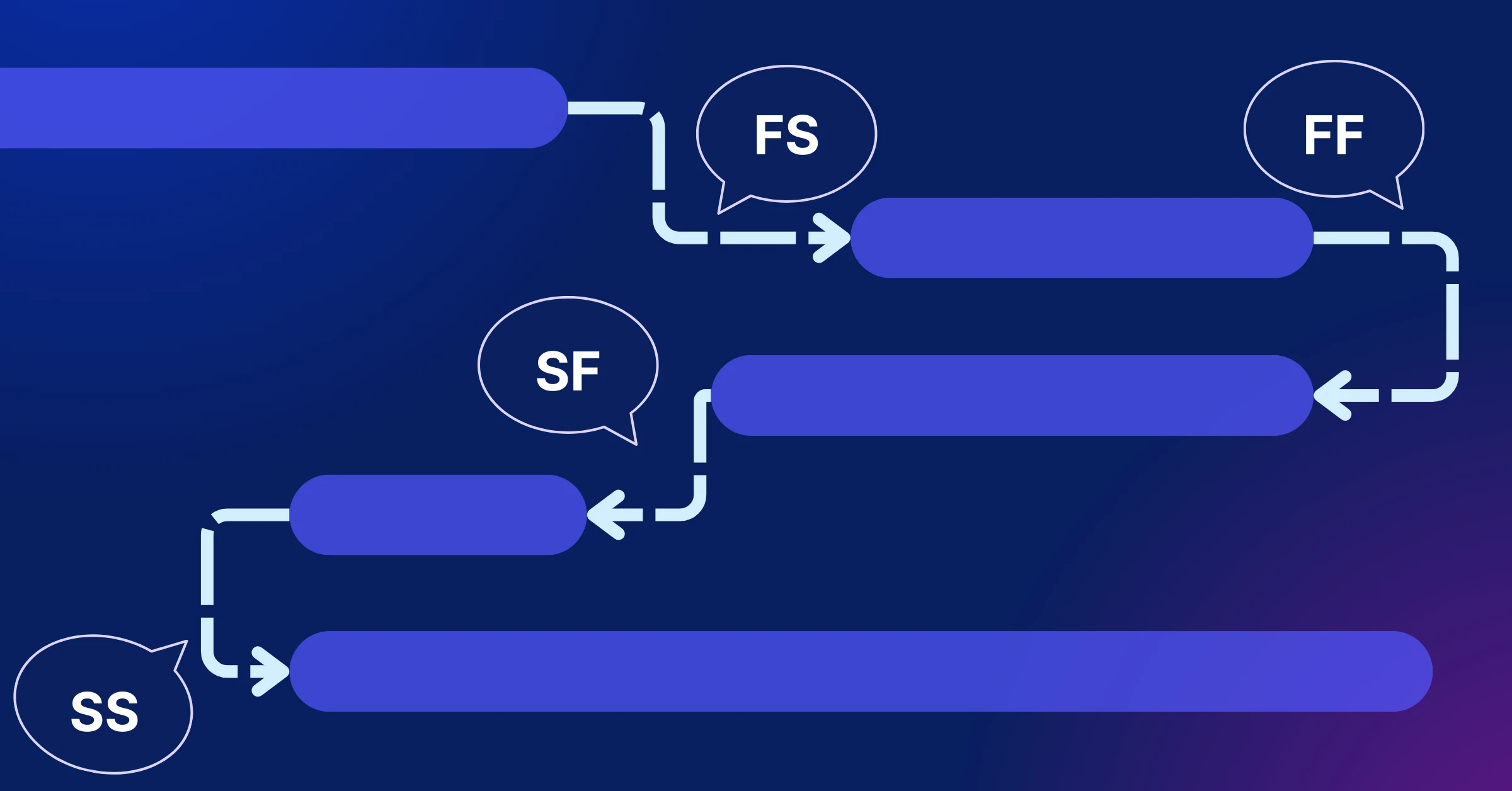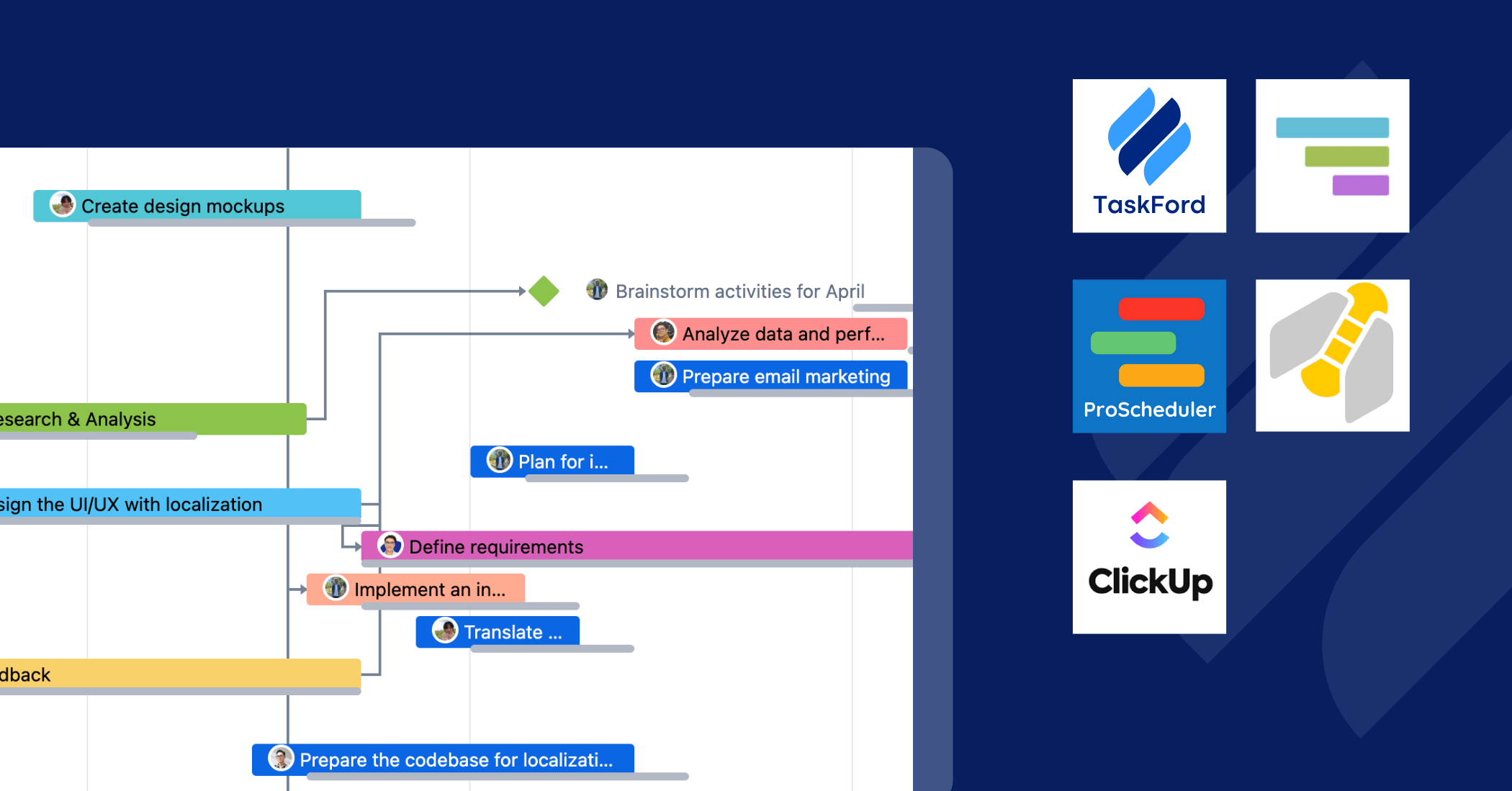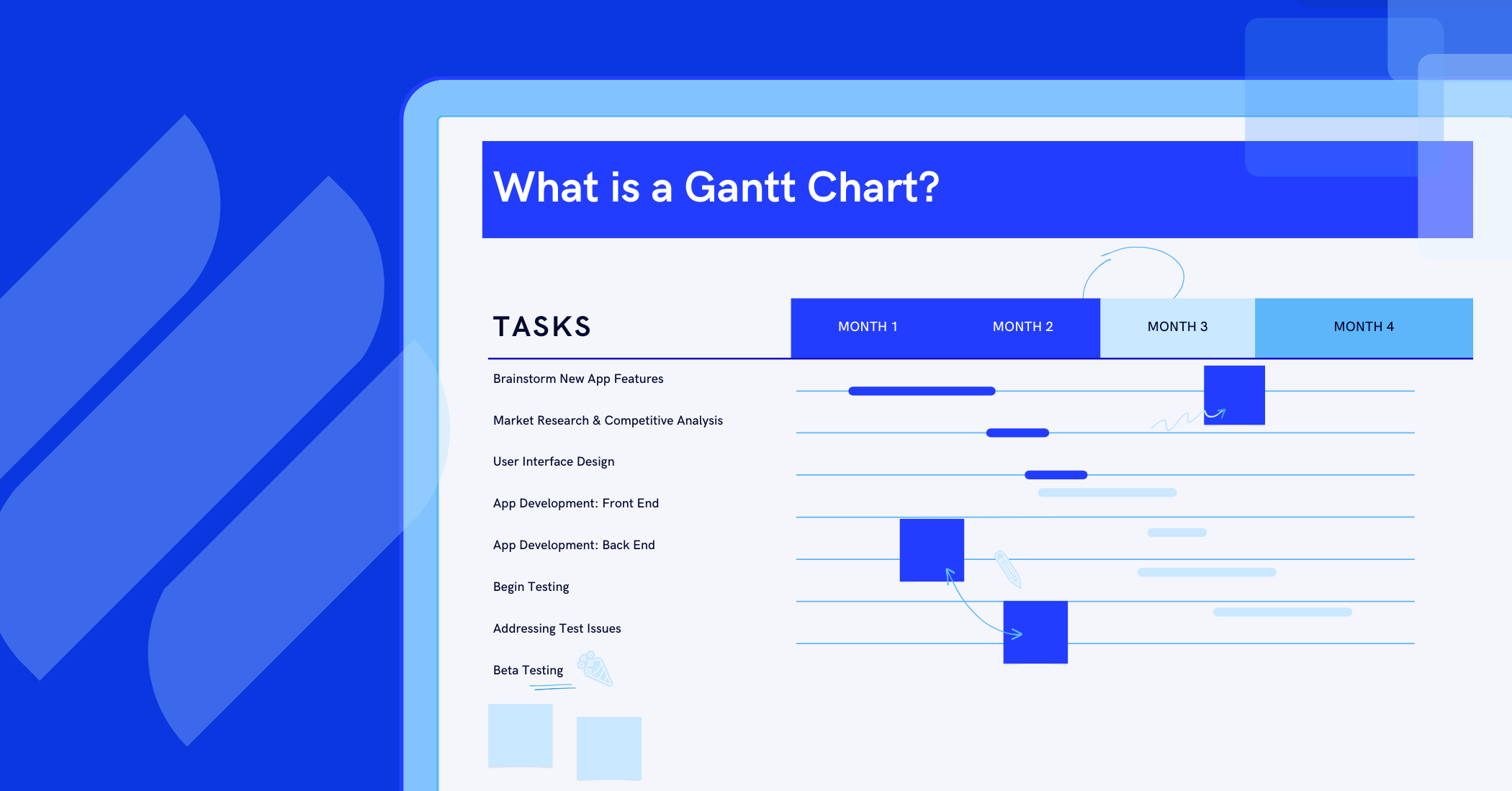Project Planning: 5 Advanced Tips For Managing Large-Scale Projects
Discover 5 advanced project planning tips for managing large-scale projects effectively. Explore practical strategies and tools to streamline complex projects.
Managing large-scale projects is a complex challenge, even for experienced project managers. Unlike smaller initiatives, large projects involve multiple teams, stakeholders, and moving parts that require careful planning, resource allocation, and risk management. Effective project planning is not just about creating a timeline; it’s about building a roadmap that guides teams through uncertainty and ensures successful delivery.
In this article, we explore 5 advanced tips for project planning specifically designed for large-scale projects. These strategies provide practical insights and actionable techniques to help project managers optimize resources, mitigate risks, and maintain control over complex initiatives.
What Is Project Planning?
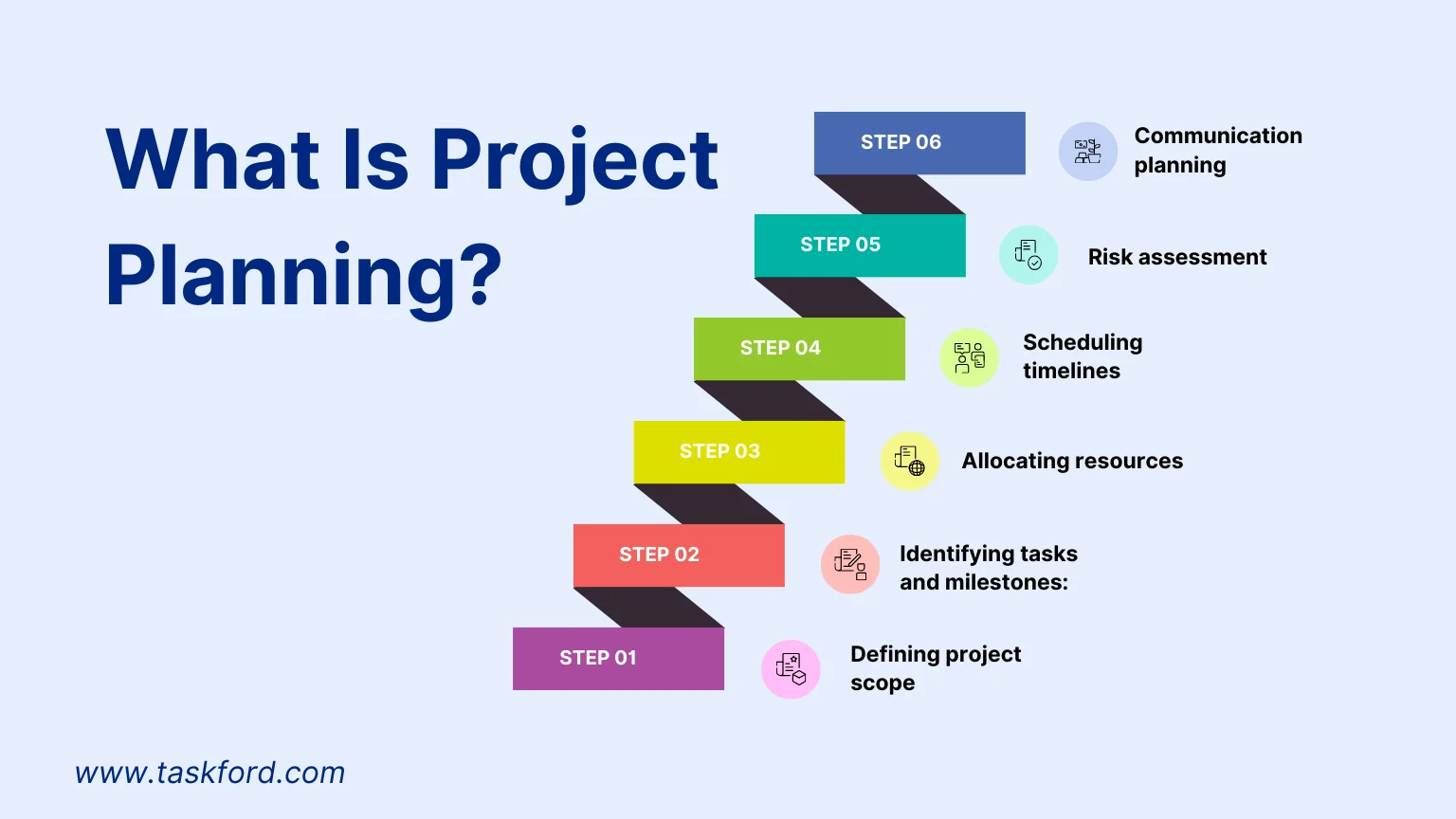
Project planning is the process of defining a project’s objectives, outlining the necessary tasks, allocating resources, and setting timelines to achieve the desired outcome. It serves as the roadmap for a project, providing structure and clarity for all stakeholders involved.
At its core, project planning ensures that projects are executed efficiently, risks are managed proactively, and resources are utilized effectively. It goes beyond simply listing tasks; it involves prioritizing work, understanding dependencies, and anticipating challenges before they arise.
Learn more about project management fundamentals in our article What is Project Management to understand how planning fits into the bigger picture of managing successful projects.
Key elements of project planning
- Defining project scope: Clearly establishing what the project will deliver and what is outside its boundaries.
- Identifying tasks and milestones: Breaking down the work into actionable steps and setting key checkpoints.
- Allocating resources: Assigning personnel, budget, and tools where they are most needed.
- Scheduling timelines: Estimating how long tasks will take and sequencing them for maximum efficiency.
- Risk assessment: Identifying potential obstacles and preparing contingency plans.
- Communication planning: Ensuring that all stakeholders know their responsibilities and receive updates at the right time.
Why Master Project Planning in Large-Scale Projects is Critical
Managing large-scale projects requires more than just basic planning; it demands a deep understanding of how to coordinate multiple teams, align stakeholders, and anticipate challenges before they escalate. Effective project planning in these scenarios is not just a task; it is a critical factor that determines whether a project succeeds or falls behind schedule and budget.
Large projects often involve complex dependencies, multiple resources, and shifting priorities. Without mastering project planning, even small oversights can lead to cascading delays, budget overruns, or misaligned objectives. By focusing on advanced planning strategies, project managers can ensure:
- Better alignment with organizational goals: Clear plans keep teams focused on objectives that deliver business value.
- Proactive risk management: Identifying and addressing risks early reduces surprises and increases project resilience.
- Efficient resource utilization: Proper allocation avoids bottlenecks and prevents overloading critical team members.
- Improved team collaboration: Structured planning enhances communication, clarifies responsibilities, and strengthens accountability.
In short, mastering project planning is essential for large-scale projects because it transforms complexity into manageable, actionable steps, providing a clear roadmap from initiation to successful delivery. Let’s explore 5 advanced strategies for managing large-scale projects in the next part.
5 Advanced Tips For PMs To Manage Large-Scale Projects
Large-scale projects, with their intricate timelines and diverse teams, demand strategic planning to succeed. These five advanced tips provide project managers with practical tools to navigate complexity, streamline execution, and deliver results.
1. Break Down the Project with a Work Breakdown Structure (WBS)
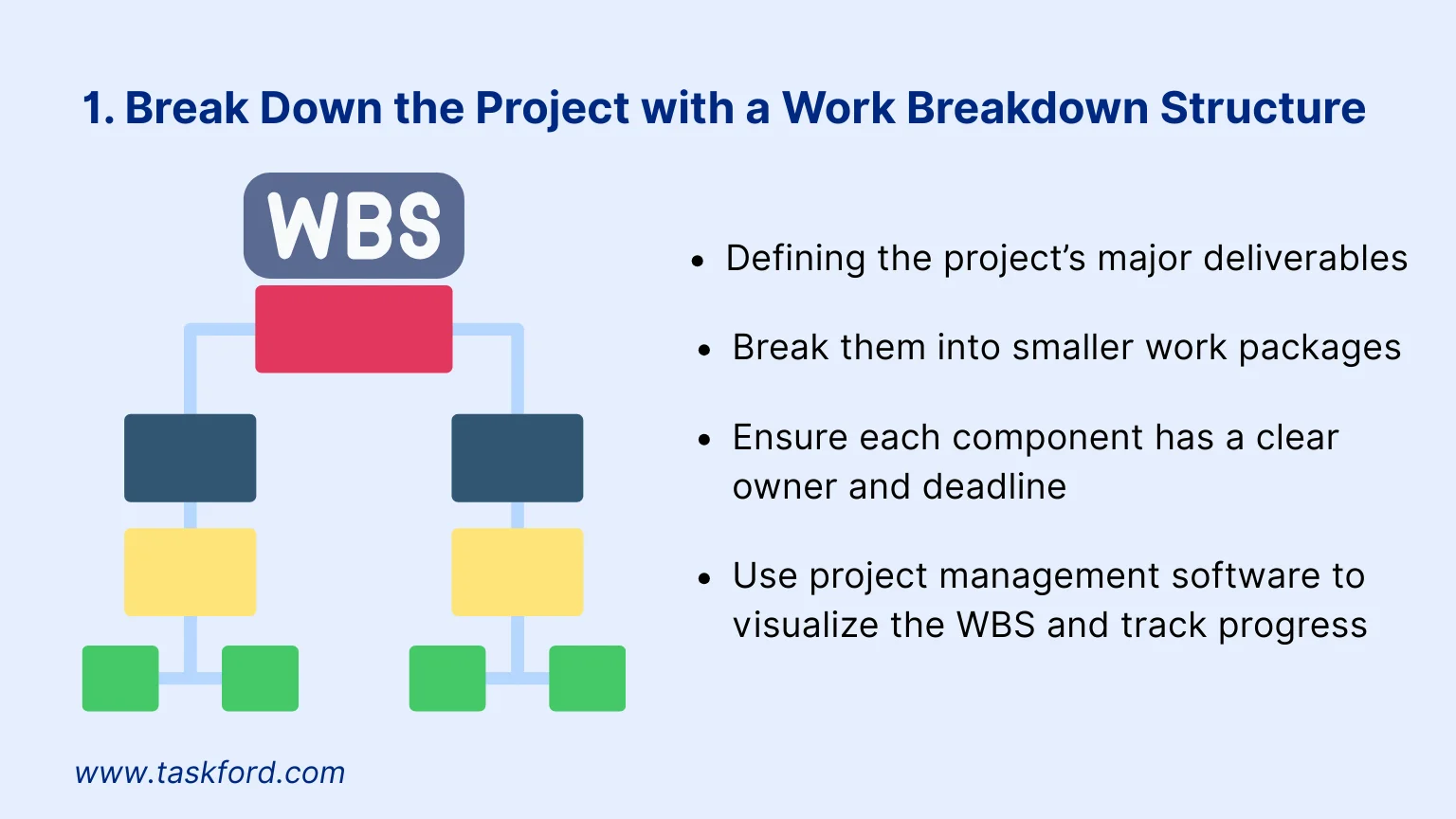
A Work Breakdown Structure (WBS) is a critical tool for organizing large-scale projects into manageable parts. It decomposes the project into smaller, hierarchical tasks, making it easier to assign responsibilities, track progress, and manage scope.
Implementation tips:
- Start by defining the project’s major deliverables, then break them into smaller work packages. Example: In a software development project, deliverables might include “user interface design” and “backend development,” with sub-tasks like “wireframe creation” or “database setup.”
- Ensure each component has a clear owner and deadline. Example: Assign “wireframe creation” to the UX team lead with a deadline of two weeks, while “database setup” is assigned to the backend developer with a one-week deadline. This ensures accountability and makes tracking progress straightforward.
- Use project management software to visualize the WBS and track progress. Example: Tools like TaskFord, Jira, or Microsoft Project can display WBS hierarchies, highlight task dependencies, and provide real-time updates. For instance, a Gantt chart can show that the database setup must be completed before integration testing begins, keeping everyone aligned on critical paths.
Learn more about the WBS Gantt chart to manage complex projects.
2. Develop a Comprehensive Resource Management Plan
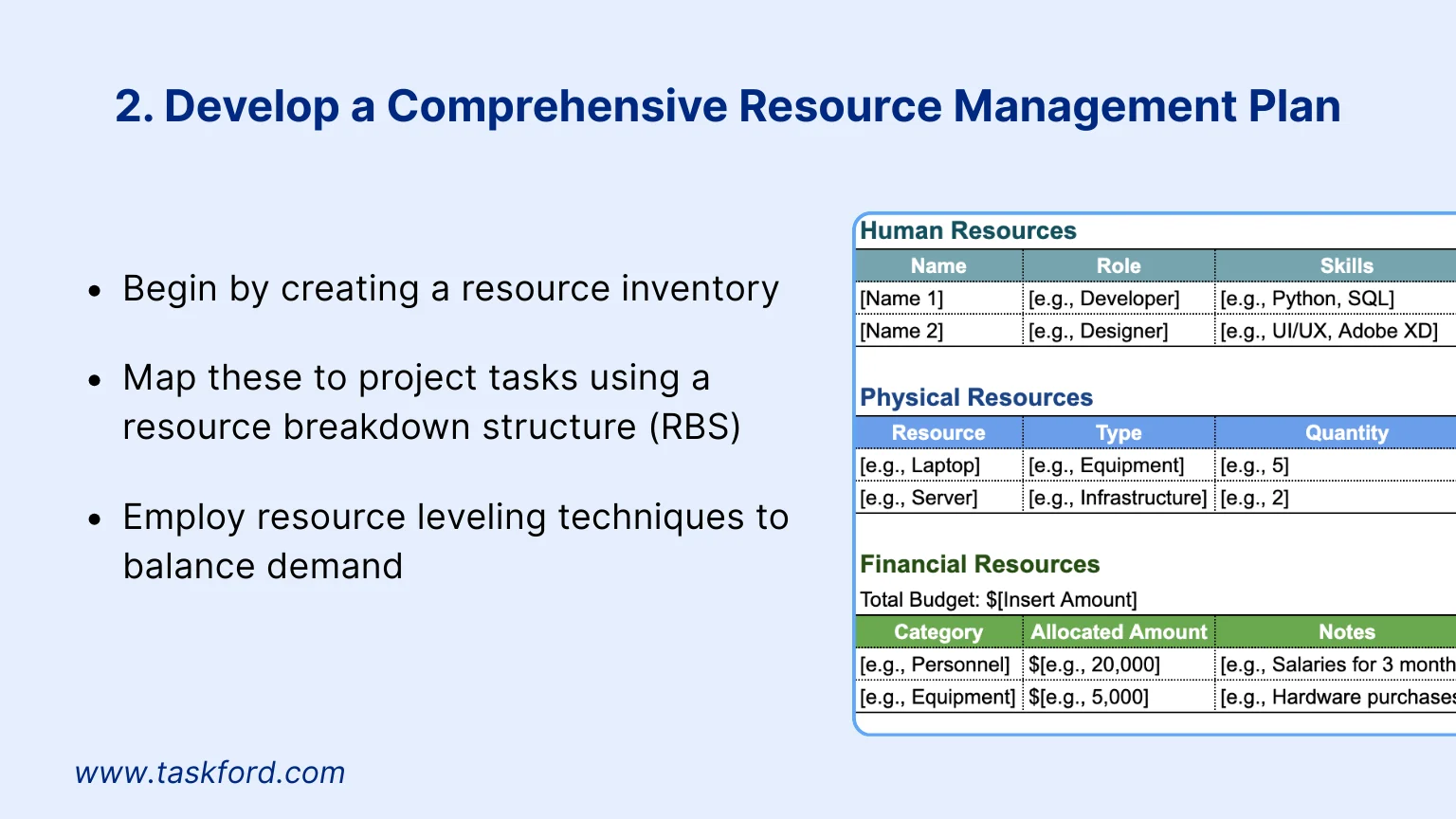
Efficient resource management ensures that personnel, equipment, and budgets are allocated effectively across a large-scale project. A comprehensive plan prevents shortages, reduces waste, and keeps the project on track.
- Begin by creating a resource inventory, listing all available assets, including staff skills, equipment, and financial resources.
- Map these to project tasks using a Resource Breakdown Structure (RBS).
- Then, employ resource leveling techniques to balance demand, avoiding overuse of critical resources like specialized staff.
For example, in a global marketing campaign, a resource management plan allowed a team to stagger creative tasks across time zones, maintaining productivity without overloading designers.
Conduct periodic reviews to compare planned versus actual resource use. This data-driven approach optimizes efficiency and supports cost control, a vital aspect of managing large-scale projects.
For more tips and examples, check our article on the resource management plan template.
3. Integrate Risk Management into the Planning Phase
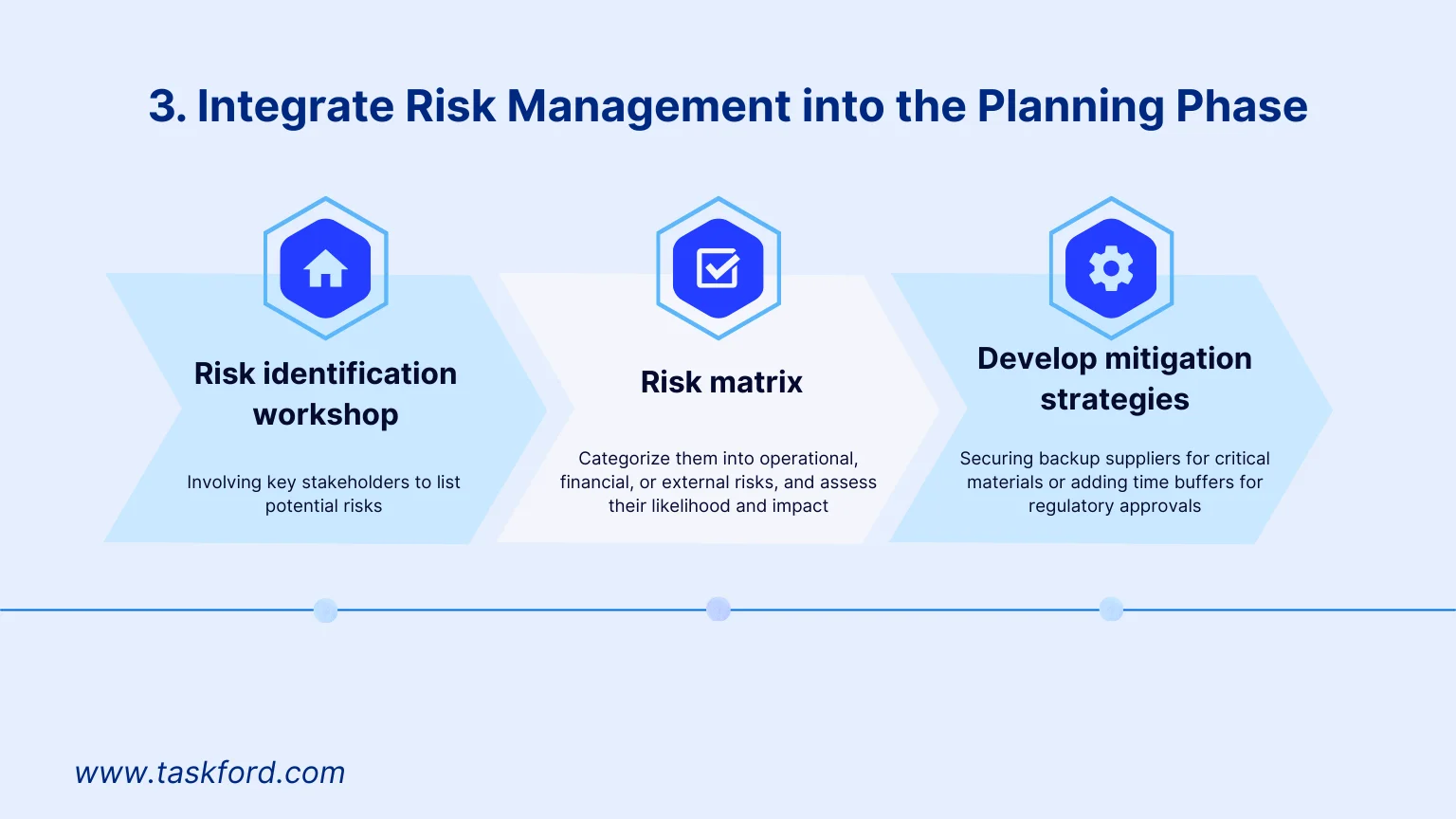
Risk management is essential for anticipating and addressing uncertainties in large-scale projects, such as regulatory shifts or supply chain disruptions. Integrating it into the planning phase builds resilience and minimizes surprises.
Steps for advanced risk management:
- Start with a risk identification workshop, involving key stakeholders to list potential risks.
- Categorize them into operational, financial, or external risks, and assess their likelihood and impact using a risk matrix.
- Develop mitigation strategies for high-priority risks, such as securing backup suppliers for critical materials or adding time buffers for regulatory approvals.
Integrating risk management early strengthens project planning and ensures smoother execution. For more on related concepts, check our guide to Enterprise Risk Management (ERM).
4. Establish Clear Communication Channels

Clear communication is vital for aligning stakeholders, from team members to executives, in large-scale projects. A structured communication plan ensures timely, accurate information flow, reducing misunderstandings and delays.
Advanced communication strategies include:
- Stakeholder mapping: Identify key stakeholders and define how and when they will receive updates.
- Centralized communication tools: Use a project management platform to maintain a single source of truth for updates, documents, and task assignments.
- Regular status reporting: Establish weekly or bi-weekly progress reports and include clear visual indicators of risks and milestones.
- Escalation paths: Define which team members should contact when challenges arise.
For more insights on stakeholder communication & report, read our blog on Avoid Generic Project Reports: Here’s What Stakeholders Actually Want to See.
5. Use Scenario Planning and Agile Techniques
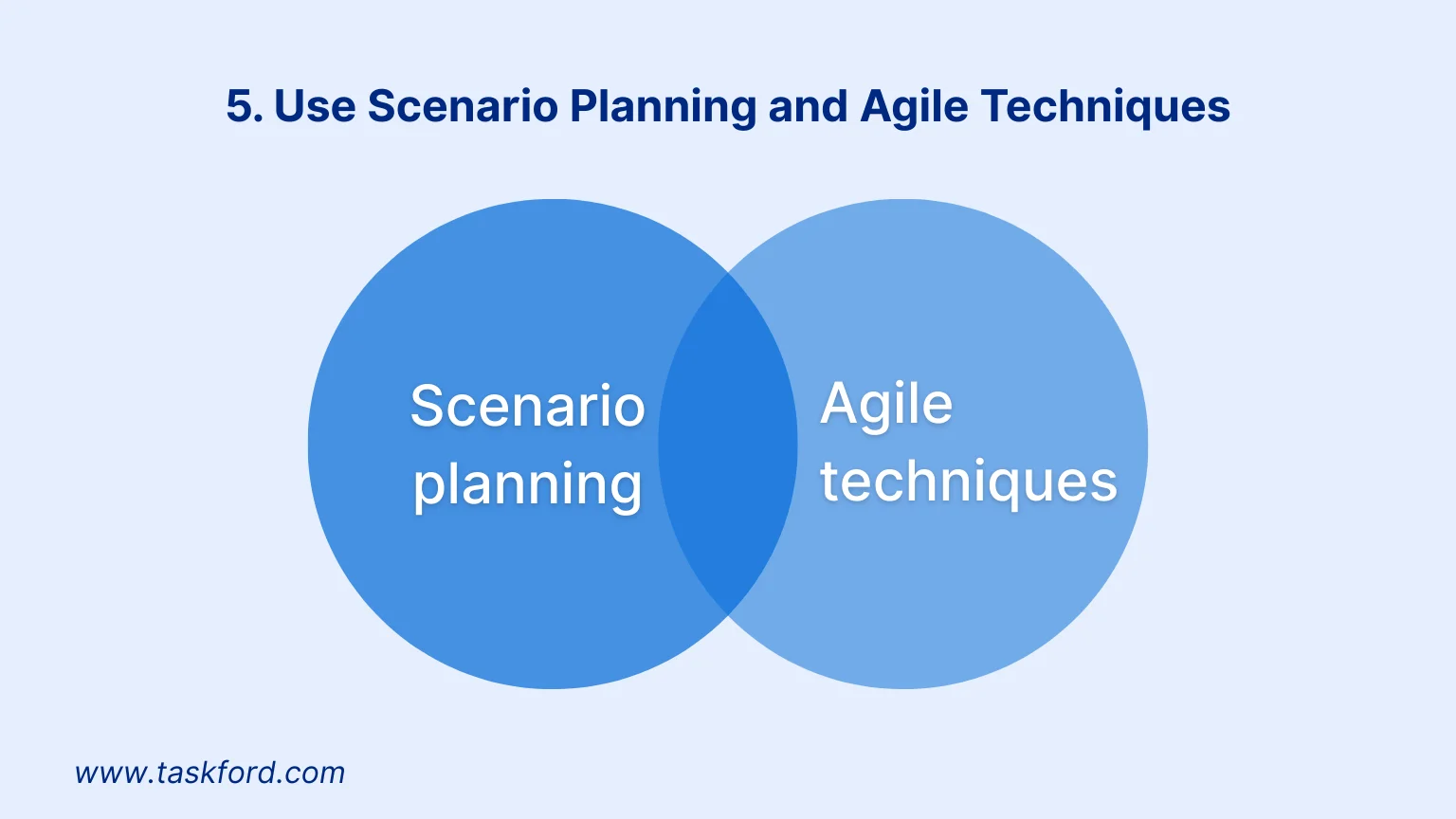
Large-scale projects often face evolving requirements, making flexibility crucial. Scenario planning and agile techniques allow you to adapt while maintaining structure in project planning.
Scenario planning:
- Develop multiple project scenarios to anticipate potential changes in scope, resource availability, or external conditions.
- Evaluate how each scenario impacts timelines, budgets, and deliverables.
Agile techniques:
- Break the project into iterative phases or sprints where possible.
- Use continuous feedback loops to adapt to changes quickly.
- Prioritize deliverables based on business value and critical dependencies.
Combining scenario planning with Agile principles allows project managers to maintain control over complex projects while remaining flexible in the face of uncertainty.
Learn more about Agile Project Management.
Conclusion
These five advanced tips - utilizing a Work Breakdown Structure, crafting a comprehensive resource management plan, embedding risk management, establishing clear communication channels, and leveraging scenario planning with agile techniques - provide project managers with a robust framework to navigate the complexities of large-scale projects. By implementing these strategies, you can enhance efficiency, reduce risks, and ensure alignment with project objectives.
Start integrating these approaches into your next project, refining them through consistent reviews and feedback.
Making work simpler,
smarter, and more connected
Join our waitlist and be notified first.

Subscribe for Expert Tips
Unlock expert insights and stay ahead with TaskFord. Sign up now to receive valuable tips, strategies, and updates directly in your inbox.










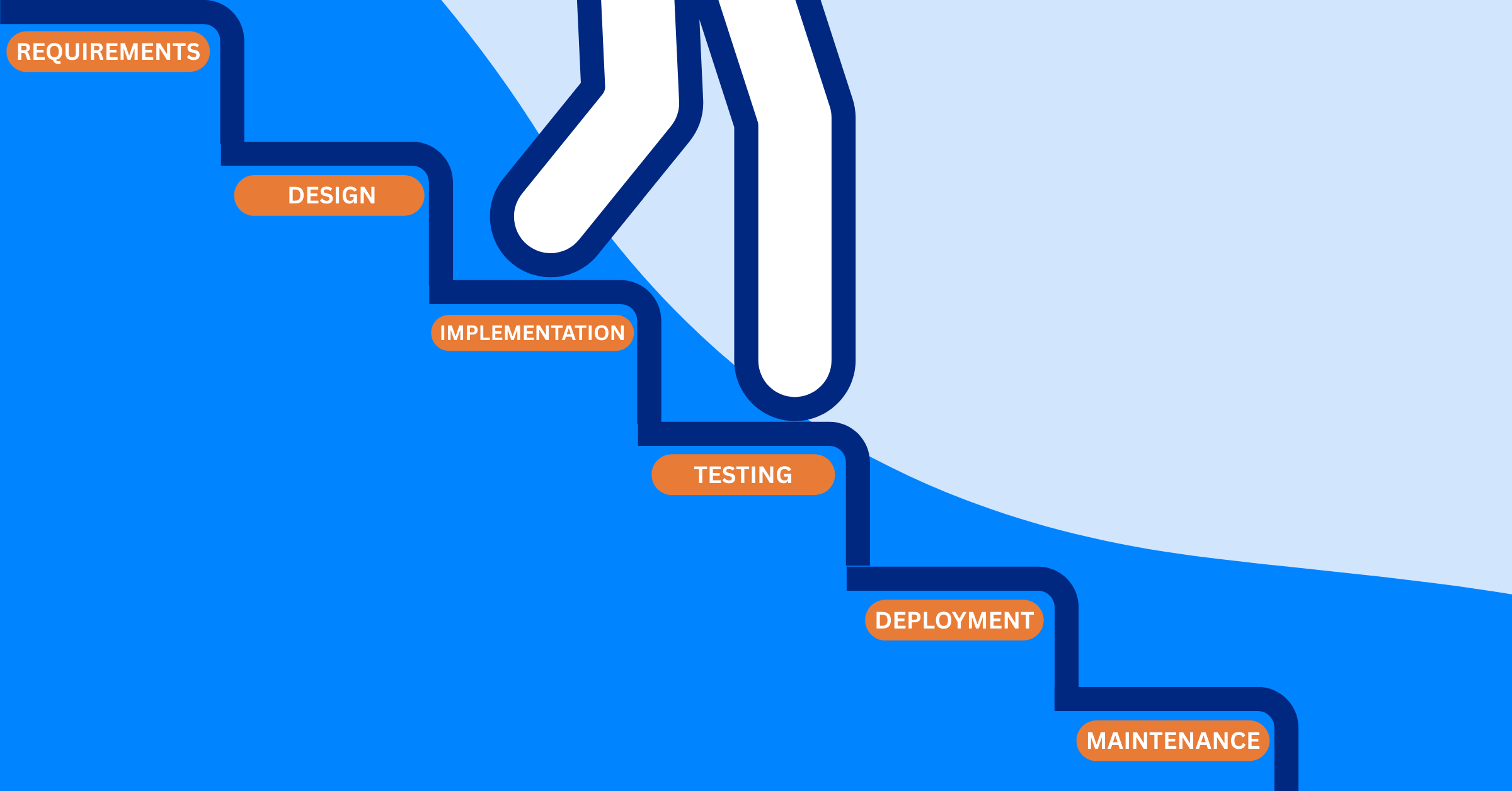







![How to Create a Project Communication Plan: Step-by-Step Guide [+Free Template]](https://taskford.com/marketing/blog/project-communication-plan.png)


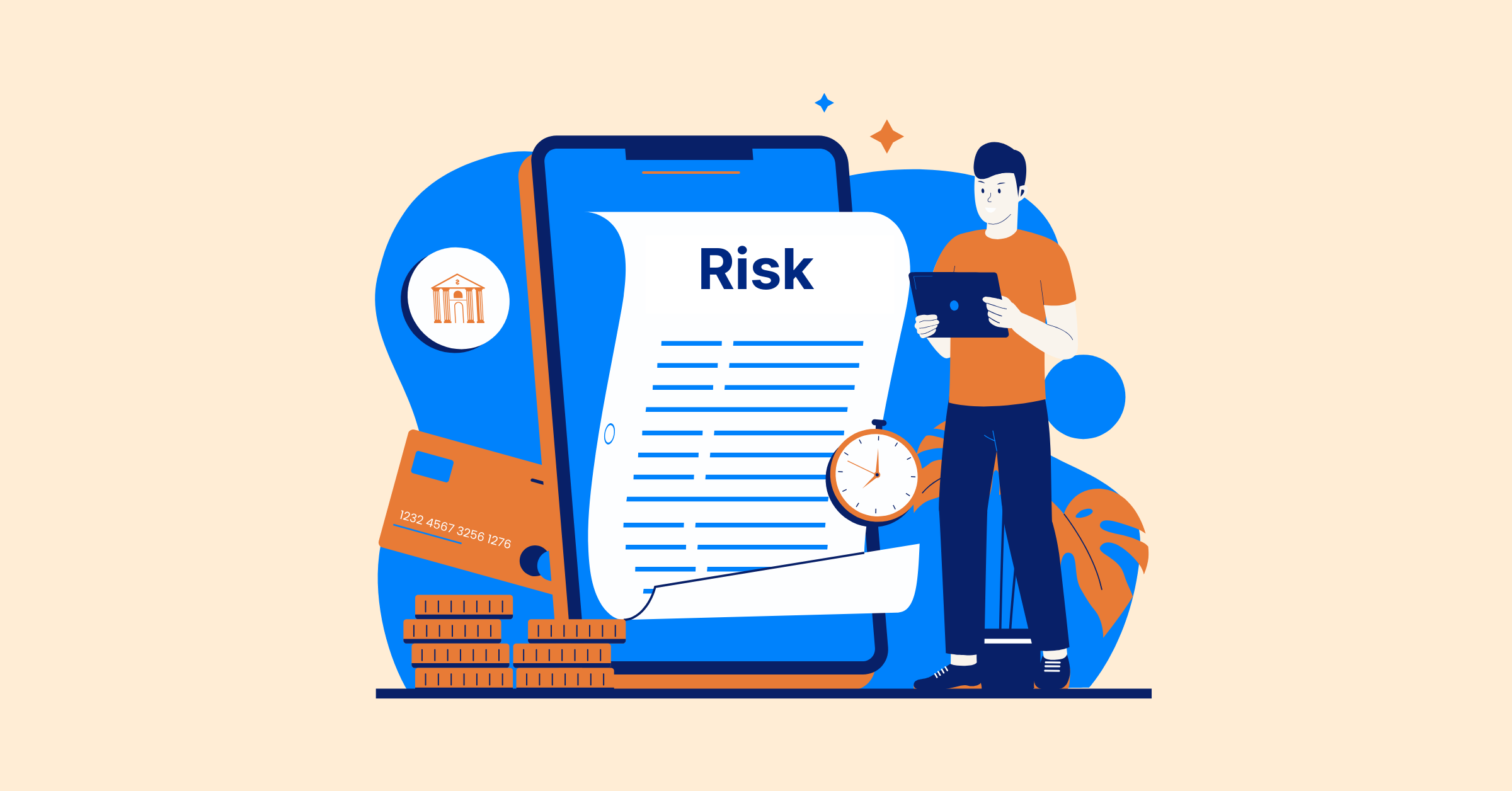
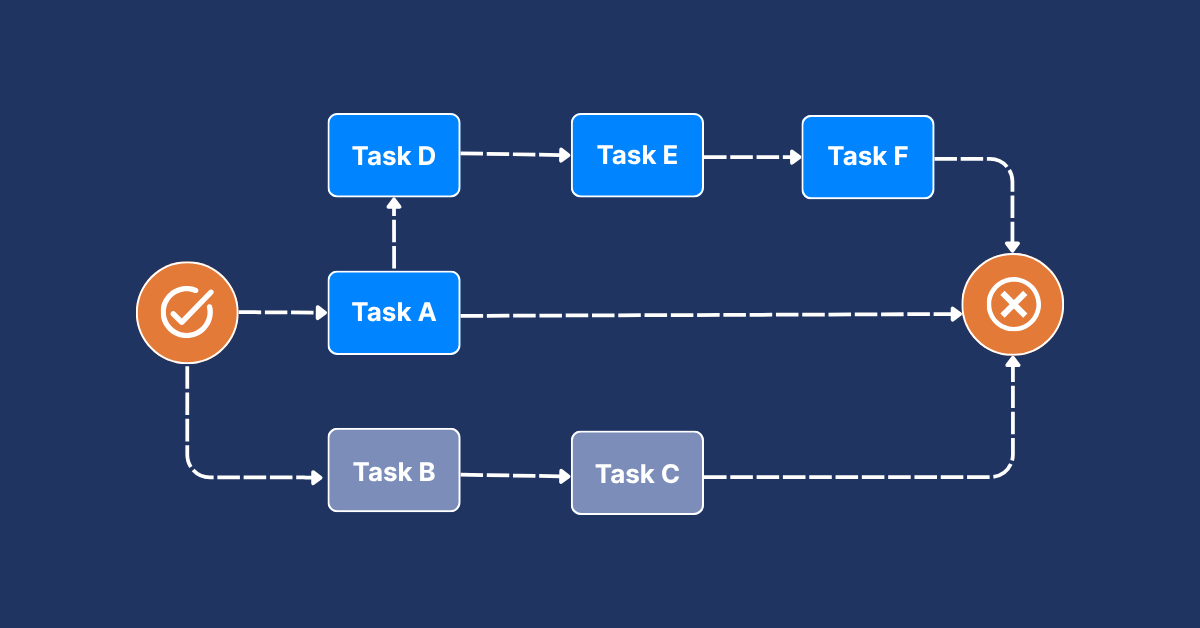


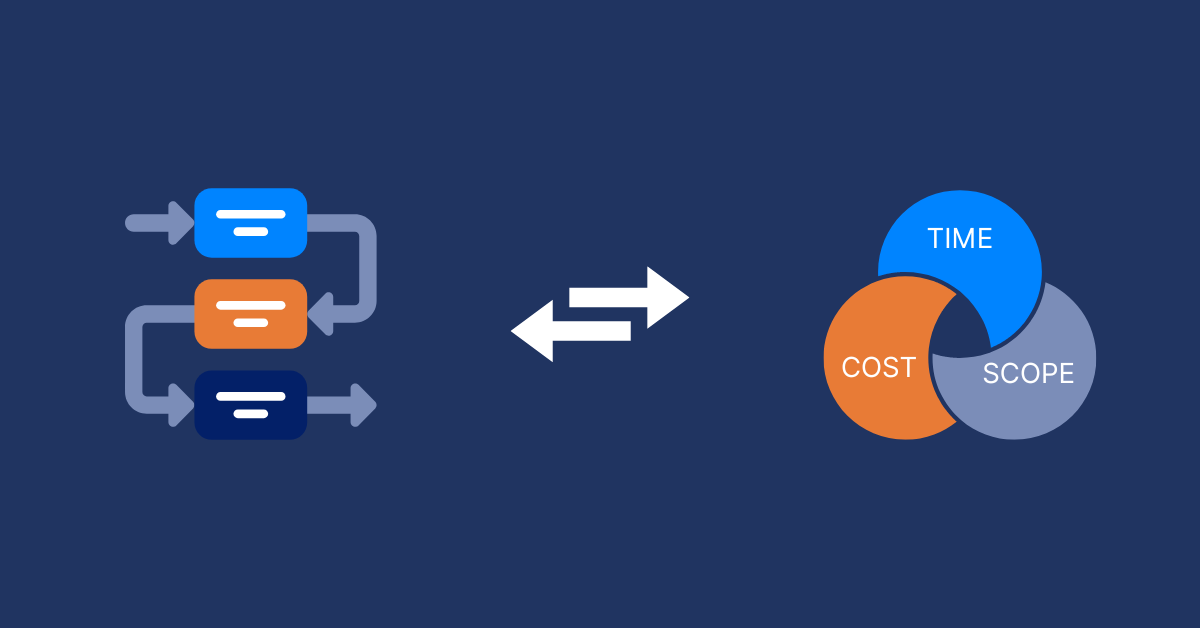

![Master Project Procurement Management in 5 Steps [Download a free plan template]](https://taskford.com/marketing/blog/project-procurement-management.webp)

















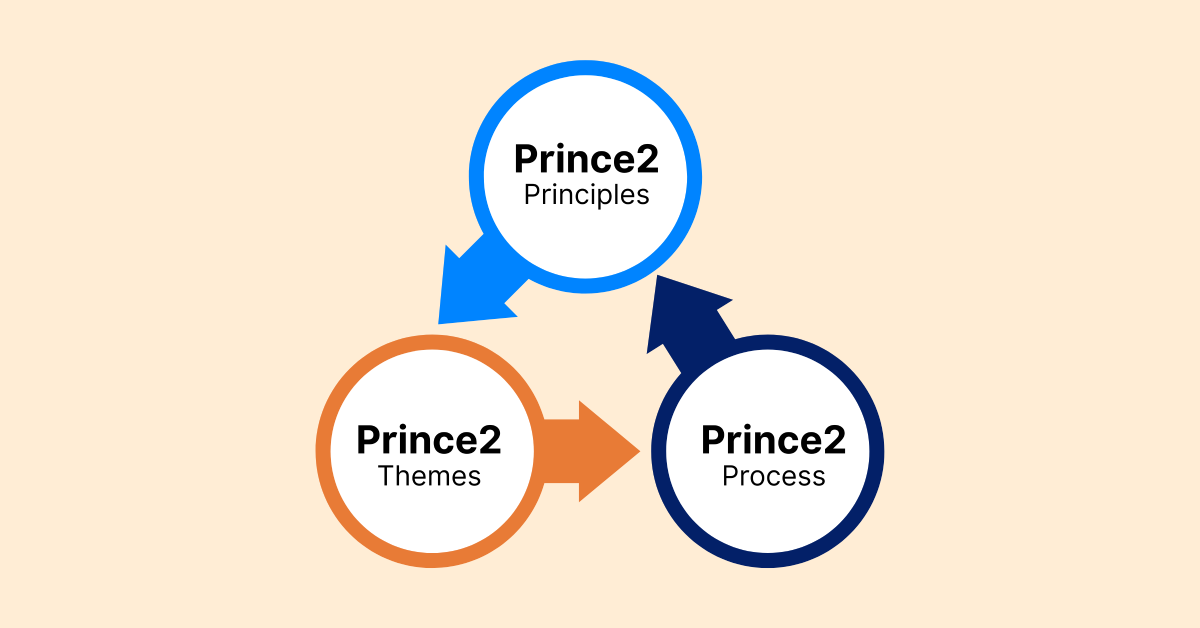






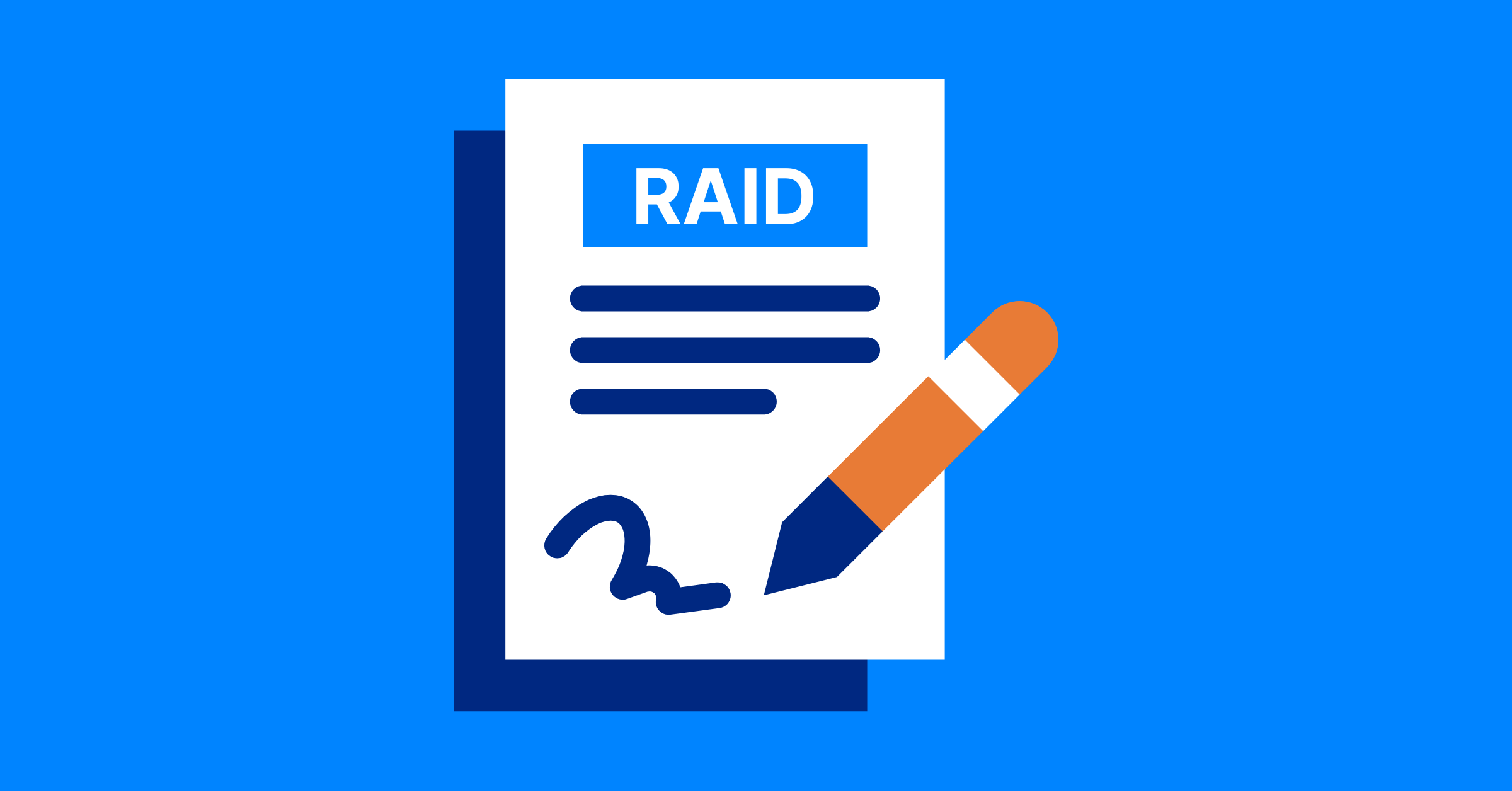














![RACI Chart in Project Management: Rules & Examples [Free Download]](https://taskford.com/marketing/blog/raci-chart.webp)
































